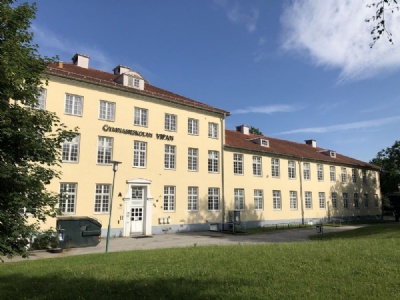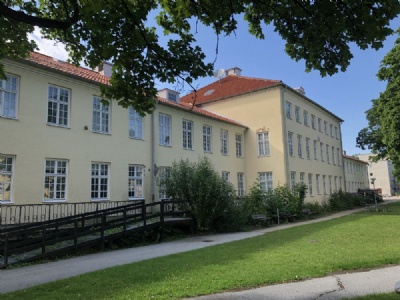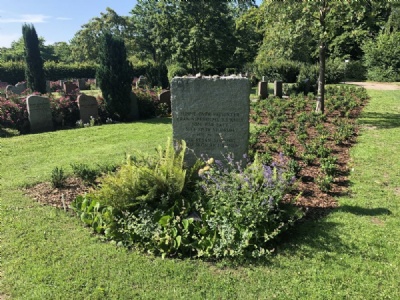Vipeholm
In a neighborhood in Lund, called Vipeholm, a institution was established in 1935 for mentally loose people, idiots and other hopeless cases. These were people who were carrying mental illnesses or mental disabilities which meant that they were in need of help to cope with daily life. The premises were first intended for military purposes, but this was changed and instead it became an institution for mentally illness. The head of the prison was chief physician, Hugo Fröderberg.
Most patients (inmates) came from Norrland region, based on a conscious strategy to keep them far away from family. Initially, there were only male patients, but soon departments were opened for women, adolescents and children. The Swedish Social Board and Swedish legislation made it possible to forcibly intern people diagnosed with mentally illness. This was not unique to Sweden, but similar legislation existed in other parts of Europe, not least in Germany.
When the Second World War broke out in September 1939, there were about 650 male patients and about 150 female patients in the institution. Between 1941 and 1943, the number of deaths on Vipeholm tripled based on a likely conscious strategy of euthanasia. 203 male patients died during these years, which corresponds to about a quarter of the male patients. The cause of death was due to the patients receiving less nutrition, which in the long term caused them to starve to death. Those who died were buried in Lund’s northern cemetery. The family members were told that the victims died of natural causes.
What happened at Vipeholm was actually the same as in German mental hospitals, albeit to a lesser extent. Patients were murdered on the principle of mercy, where medical practitioners believed that they were doing these people a favor by freeing them from life. At Vipeholm, the death rate did not return to normal until 1947.
Current status: Preserved (2021).
Address: Vipeholmsvägen, 224 66 Lund.
Get there: Bus.
Follow up in books: Gilmour, John: Sweden, the Swastika and Stalin - The Swedish Experience in the Second World War (2011).



Vipeholm is also known, perhaps better known, for the state-sanctioned caries experiments conducted on developmentally disabled people between 1945 – 1955. The experiments were conducted without the knowledge and permission of the patients or their relatives. During the sixties, the prison was gradually phased out. Between 1982 and 1993 it was a nursing home. Some buildings have been demolished and since the late eighties, remaining buildings are used as upper secondary schools. The name of the school has also been changed to Vipan, probably to remove the associations with its previous activities. At Lund’s northern cemetery there is a memorial stone dedicated to the victims from Vipeholm.